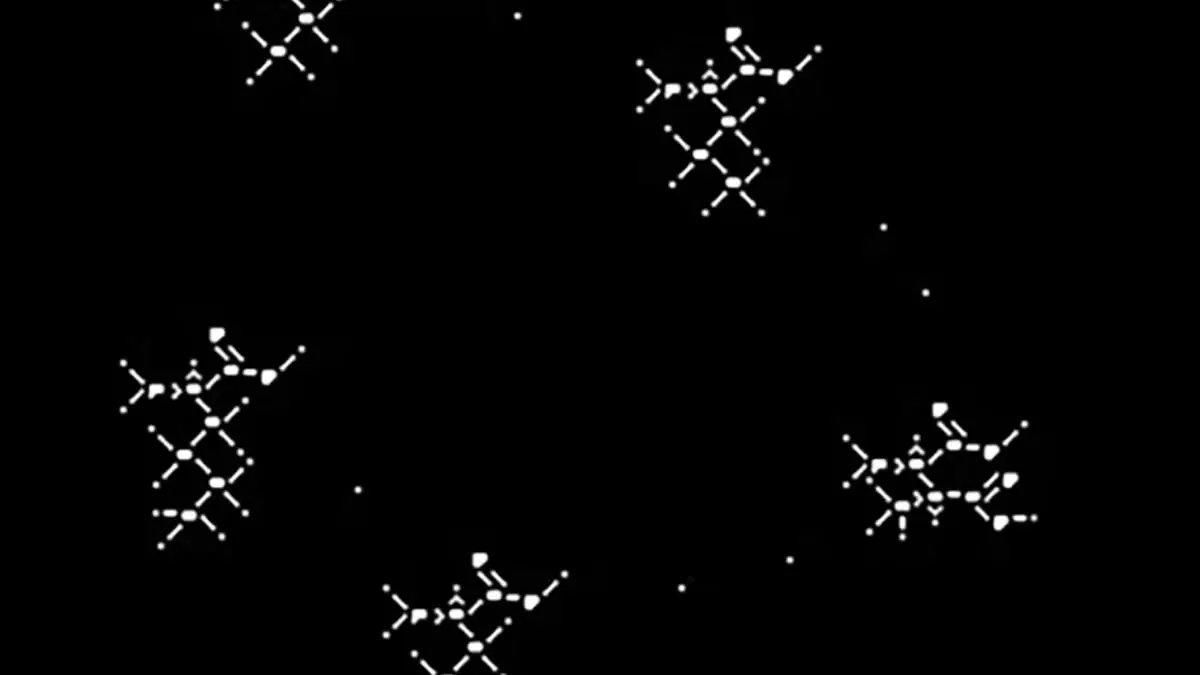In a groundbreaking endeavor, a simulated extraterrestrial signal sent from Mars in 2023 was decoded by an innovative daughter-father duo, Ken and Keli Chaffin. This effort culminated in June after nearly a year of detailed analysis. The signal was a part of “A Sign in Space” project orchestrated by the SETI Institute, which sought to create an authentic experience exploring what an alien message might encompass. The decoded information intriguingly exhibits five specific formations of amino acids — fundamental building blocks of life. Yet, despite the apparent discovery, the message’s intrinsic meaning remains elusive, prompting various interpretations and discussions among the scientific community.
The simulated extraterrestrial message was transmitted by the ExoMars Trace Gas Orbiter, with the intent of testing communication methods for future discoveries. The signal was meticulously captured by prominent terrestrial observatories including the Allen Telescope Array in California and the Robert C. Byrd Green Bank Telescope in West Virginia, as well as the Medicina Radio Astronomical Station in Italy. The collaborative nature of the project was remarkable; raw data was made accessible online, enabling citizen scientists from diverse backgrounds to contribute to decoding efforts via communal forums, thus democratizing the journey of discovery.
The process of decoding the signal was neither straightforward nor simplistic. The Chaffins had to delve deep into computational analysis, employing cellular automata algorithms on what was described as a “starmap” composed of white pixels. Their determination eventually led them to identify clusters that depicted amino acids — molecules pivotal for life as we know it. This significant discovery, although confirmed by the project team as representing amino acids, lacked an understanding of the rationale behind choosing these specific formations. This absence of a clear interpretation adds an intriguing layer to the narrative, reminiscent of the uncertainty and wonder that come with investigating potential communications from extraterrestrial life.
Daniela de Paulis, the artist-in-residence orchestrating this project, emphasizes that unraveling the message’s intent is left to those who analyze it, inspiring critical thinking and speculation among a global audience. This approach resonates with the inherent unpredictability of genuine alien transmissions—messages received without context. The resulting interpretations vary widely, ranging from hypotheses about the assembly of life-forming compounds in space to whimsical notions of an extraterrestrial greeting.
De Paulis plans to compile the multitude of public interpretations into an upcoming publication, recognizing the profound challenge in establishing a universal meaning. In a world that often seeks definitive answers, this project serves as a reminder of the beauty and complexity of cosmic communication. The Chaffins, thrilled yet contemplative about their contributions, symbolize the curiosity that drives humankind to reach for the stars. Their journey encapsulates not merely the science of decoding signals from Mars, but also the collaborative nature of curiosity and the quest for understanding the universe beyond our own.

